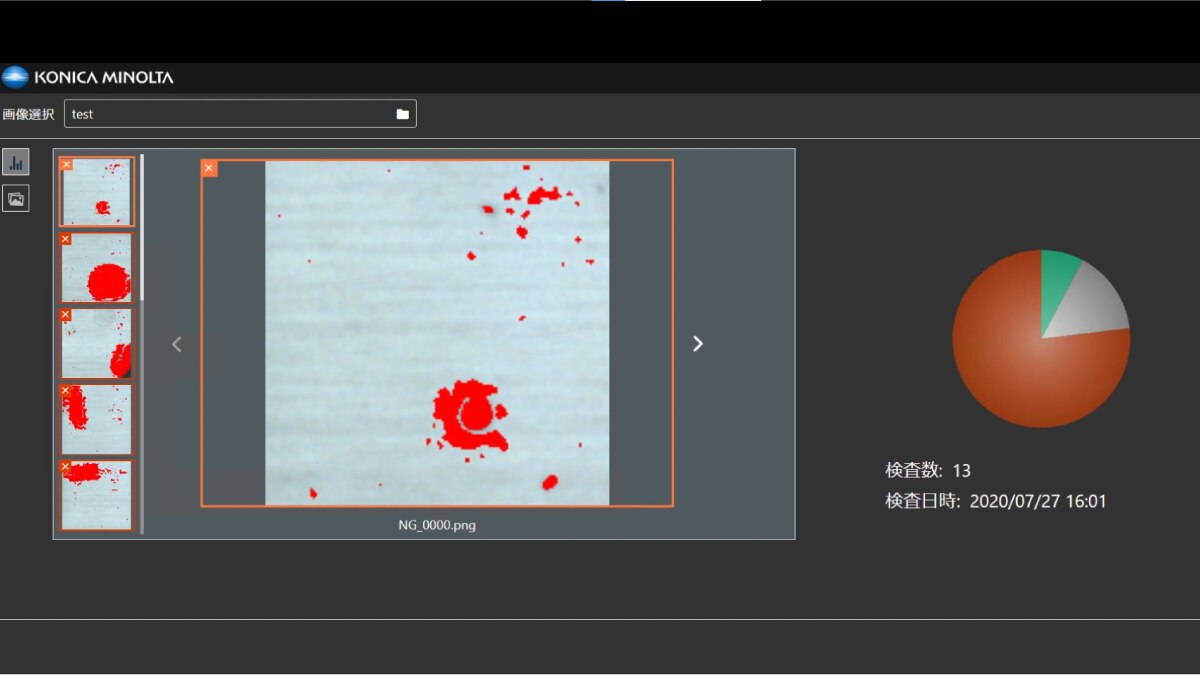Imaging AI
Set of high-speed and high-accuracy
AI processing technologies centering around images
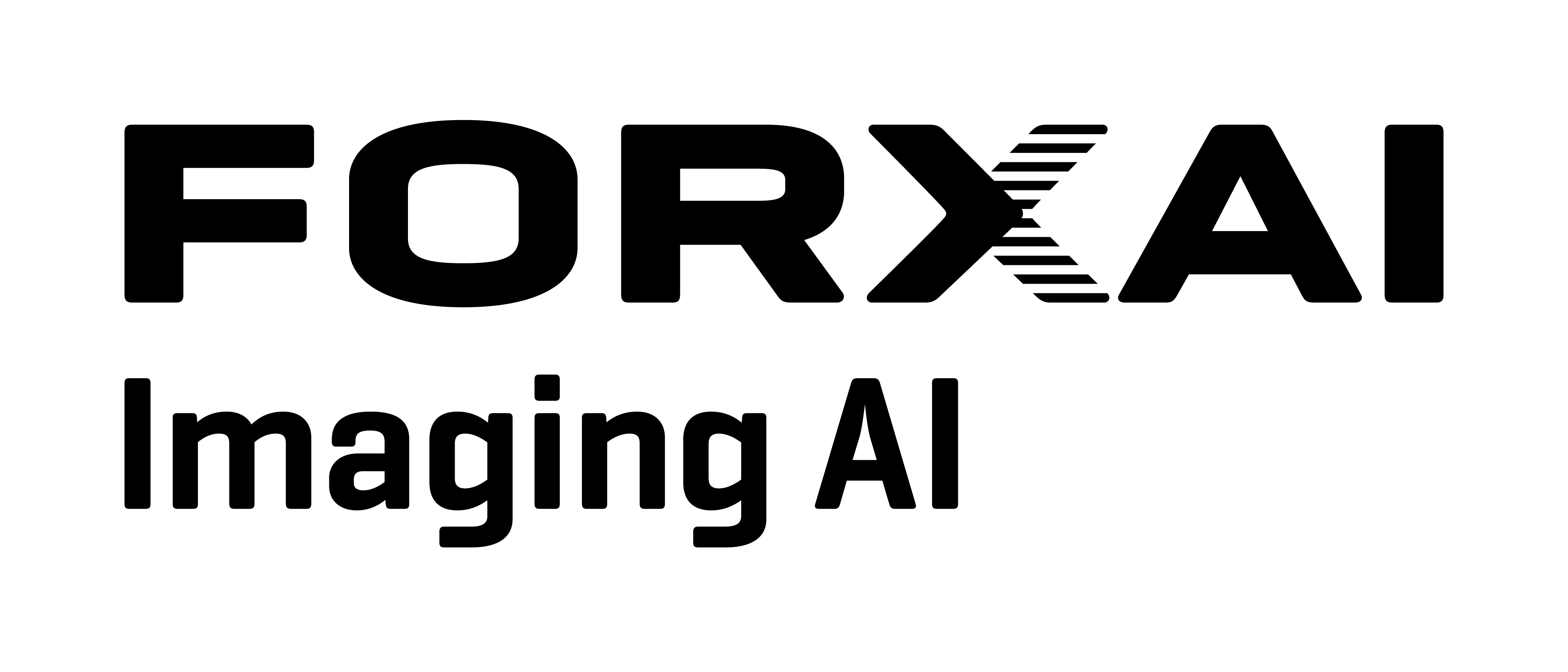
Imaging AI means the set of high-speed and high-accuracy AI processing technologies of Konica Minolta centering around images.
Imaging AI consists of "AI algorithms" and "AI accelerators".
AI algorithms
Konica Minolta develops AI algorithms focusing on those necessary for three categories: "human behavior", "advanced medical care", and "inspection". These three categories are characterized by close alignment with Konica Minolta's edge strategy and a wide range of applications. For images and videos, AI needs to learn massive data, so Konica Minolta provides its special optimization learning environment focusing on these three categories.
AI processing of images and videos could be done using abundant cloud resources, but Konica Minolta implements power-saving and high-speed AI functions on the edge side (in embedded devices, on-premises server, etc.) while leveraging our experience in high-speed image processing of information devices and medical instruments. In other words, the strength of Konica Minolta is the technology it has for optimizing AI systems on an end-to-end basis, which is the basis of our image IoT strategy.
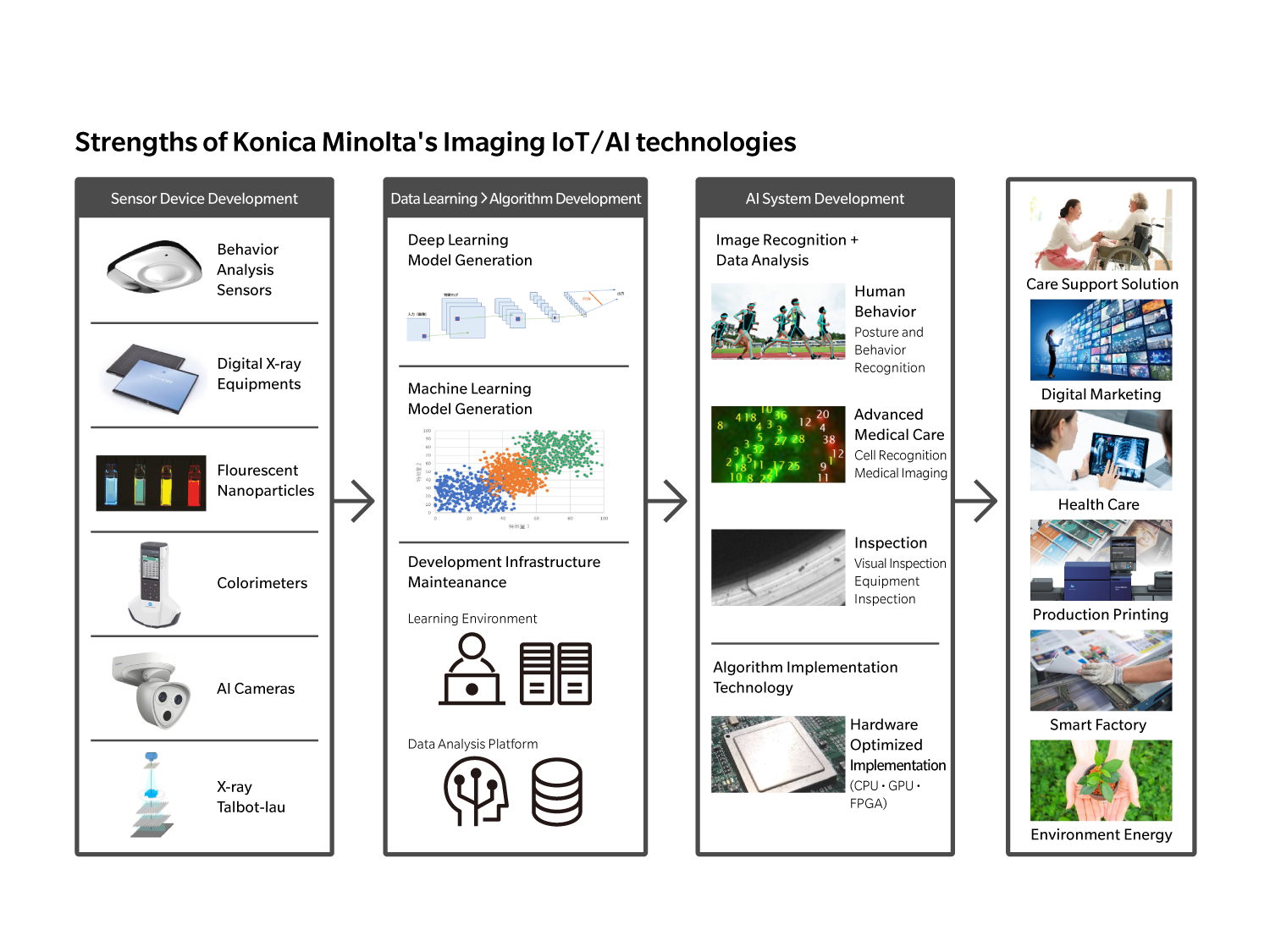
"Human behavior" recognition technology that realizes both high-accuracy recognition and high-speed processing

In the category of "human behavior", Konica Minolta develops AI algorithms of human recognition, attitude estimation, behavior recognition, and so on using Deep Learning. We develop robust "human behavior" recognition technologies that do not make recognition errors in any environment through the learning of a large number of site images. We have realized high-accuracy recognition and high-speed processing in human recognition and 2D attitude estimation for single-lens still images, and they are already used in various projects of manufacturing, retail, and healthcare applications.
"Advanced medical care" technology that extracts and visualizes movements
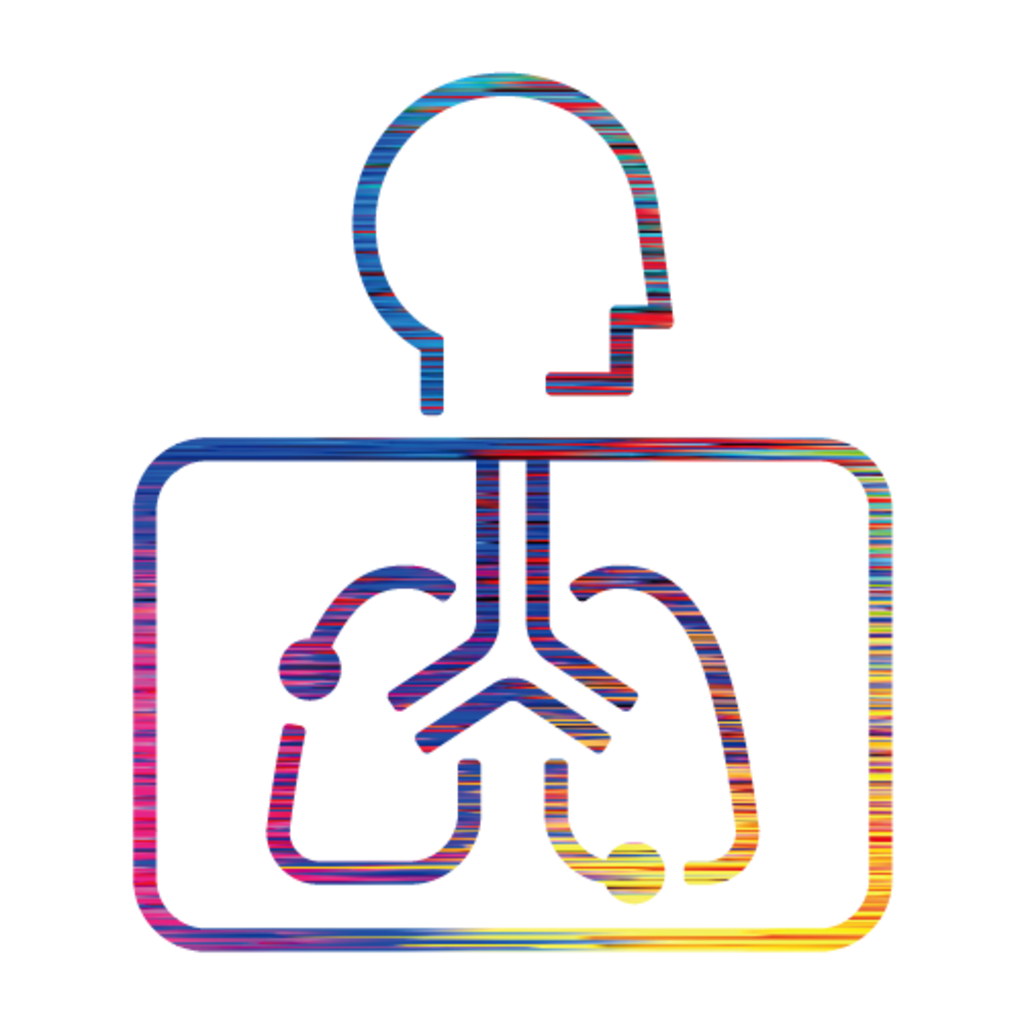
The "Advanced medical care" technology of Konica Minolta recognizes, extracts, and visualizes movements and signal changes of tissues captured in medical videos. This technology can extract various movements in human bodies by combining domain knowledge, signal processing technologies, and machine learning. We are contributing to medicine by quantifying changes of movements, which has relied on experience and been overlooked because of subtlety. These technologies are used in X-ray kinetic analysis systems for the measurement of lung field movement as well as the visualization and quantification of biophysiology functions related to the respiratory and circulation organs.
"Inspection" technology that detects various types of defects

The "inspection" technology of Konica Minolta can detect various types of defects and determine their locations and types in testing. The algorithms are highly customizable, so users can perform learning by themselves, adapt algorithms to their specific judgment needs, and perform learning with good images for bad image detection.
The algorithms are used for the recognition of good and bad items in digital manufacturing, automatic judgment of types of defects in automobile painted surfaces, and so on.
AI accelerator
Deep Learning, an AI technology, is generally ran on GPU, which poses the necessity of expensive and high-energy-consumption inference hardware. The large size of hardware makes it difficult to be installed on edge devices. On the other hand, special hardware called accelerator can execute Deep Learning with lower cost and lower power consumption while maintaining accuracy. Also, accelerators save space. By installing an accelerator on an edge device, you can optimize the system for real-time processing that does not depend on the communication environment. However, converting a Deep Learning algorithm into hardware circuit data takes a long time in adjusting complicated settings to ensure accuracy. Konica Minolta possesses its own know-how of converting algorithms to high-speed high-accuracy hardware circuit data. As a result, development efficiency is improved and algorithms can be updated quickly in response to feedback from the site, resulting in a faster cycle to solve customer issues.
"NNgen", a high-level synthesis complier for FPGA
In collaboration with Associate Professor Shinya Takamaeda, The University of Tokyo, Konica Minolta developed a high-level synthesis complier "NNgen (pronounced "en-en-jen") that enables handy FPGA (Field Programmable Gate Array) implementation of a model that went through Deep Learning. NNgen is publicly available as open-source software. Using NNgen, engineers and designers without much knowledge of hardware tuning can efficiently develop a fast accelerator that runs on FPGA based on a model that went through Deep Learning.

With this, they can realize products and services that make real-time AI processing on edge devices equipped with FPGA. Because NNgen is open-source software, users can use it for free to contribute to development. NNgen is available at GitHub.
NNgen: high-level synthesis complier for Deep Learning accelerator
Development history and technology overview
Among AI technologies, Deep Learning is attracting a lot of attention. Deep Learning brought a dramatic improvement of accuracy in various fields including image processing and voice processing. On the other hand, computation of Deep Learning requires enormous computer resources, highlighting the importance of special power-saving high-performance hardware. As such special hardware, "FPGA" can be used, which is a type of hardware whose circuit configuration can be changed. Taking advantage of FPGA that the circuit configuration for required processing can be customized, you can configure the circuit to tailor it to a learned Deep Learning model to implement a compact and high-speed accelerator. NNgen is a domain-specific extensible high-level-synthesis complier used for handy and efficient FPGA implementation of a special accelerator that speedily runs a Deep Learning model that went through learning and configuration for its use purpose. NNgen generates a model-specific hardware description (Verilog HDL) of a hardware accelerator and an IP core setting file (IP-XACT).

Main features of "NNgen"
1. Handy implementation with high abstraction
- As it is with general Deep Learning frameworks, NNgen generates an accelerator circuit description automatically from a Python model structure description.
- NNgen also supports ONNX inputs.
- Performance can be optimized just by hardware parameter setting.
2. Compiler functions can be extended with a range of granularity levels.
- As the compiler backend, "Veriloggen", a multi-paradigm high-level-synthesis framework developed by Associate Professor Shinya Takamaeda is used to enable extension such as the addition of a custom layer.
3. Portability for various FPGA environments
- NNgen directly generates a Verilog HDL description from a learned Deep Learning model.
* Company names and product names in this manual are registered trademarks or trademarks of respective companies.
Recognition Series
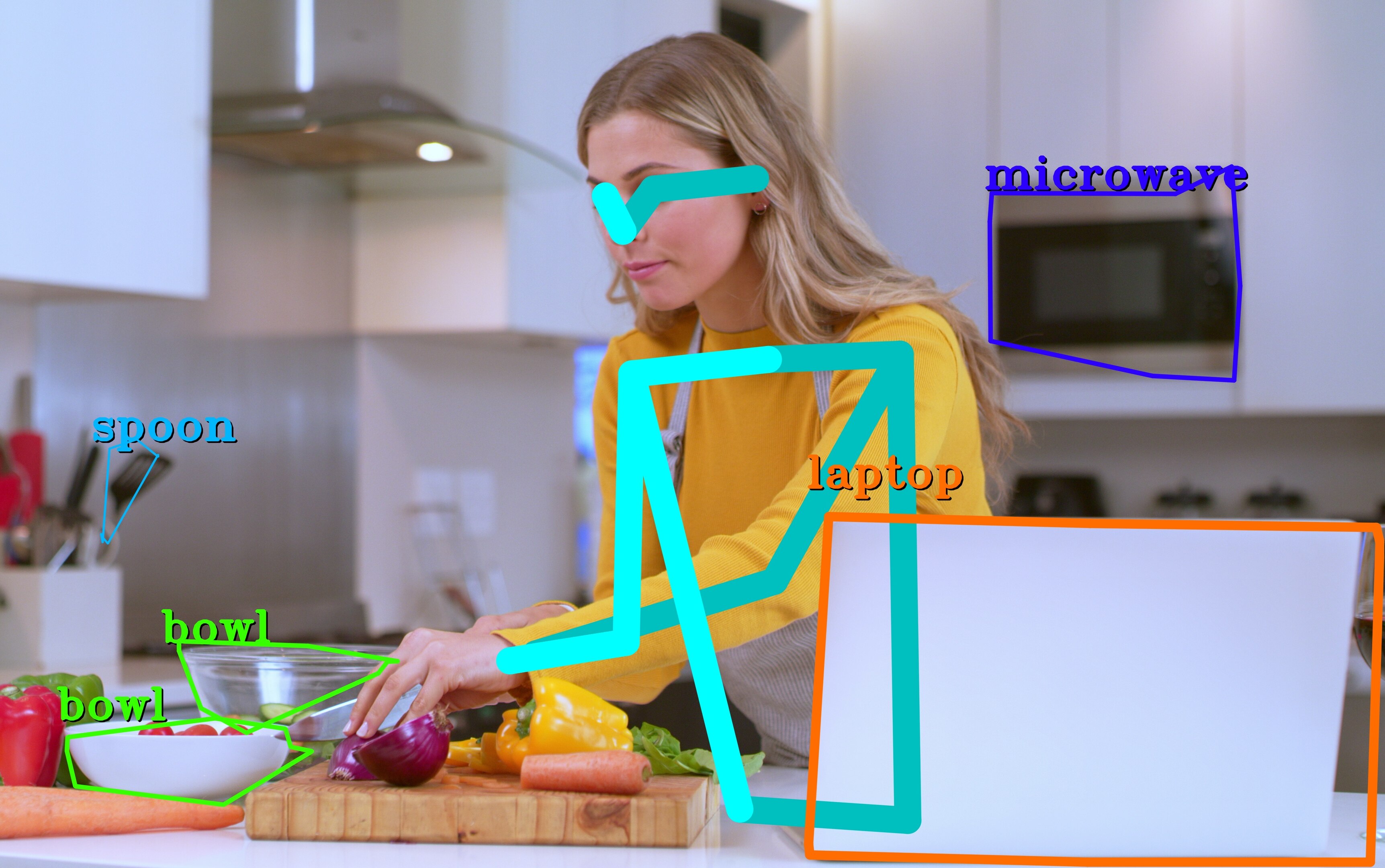
On resource-saving edge devices and cloud servers, we provide image recognition technology that combines a human behavior recognition AI algorithm and an AI accelerator, enabling quick recognition of humans and objects in an image.
With this technology, AI learning and implementation can be optimized to meet customers' issues.
Visual Inspection Series
Taking advantage of our knowledge of image processing gained through Konica Minolta's business in X-ray image diagnosis and industrial printing, we provide technology for automatic learning of features captured in image data.
We support the automation of inspection by incorporating this technology in visual inspection applications for customers.
